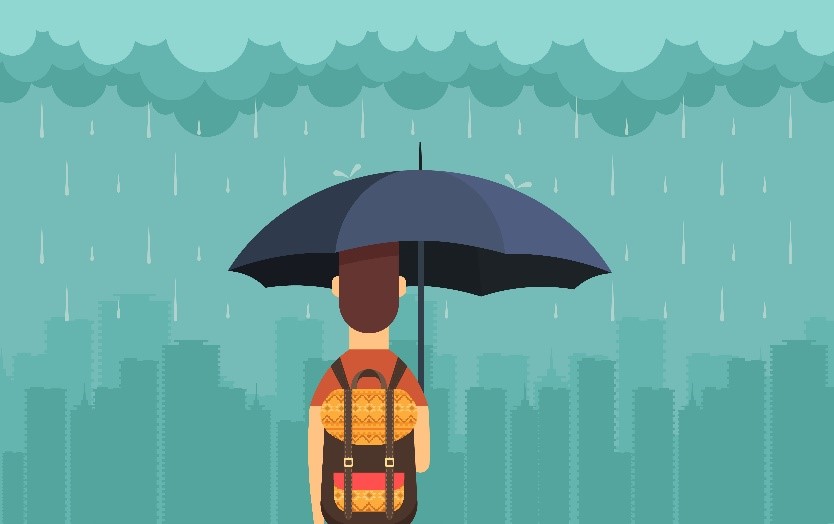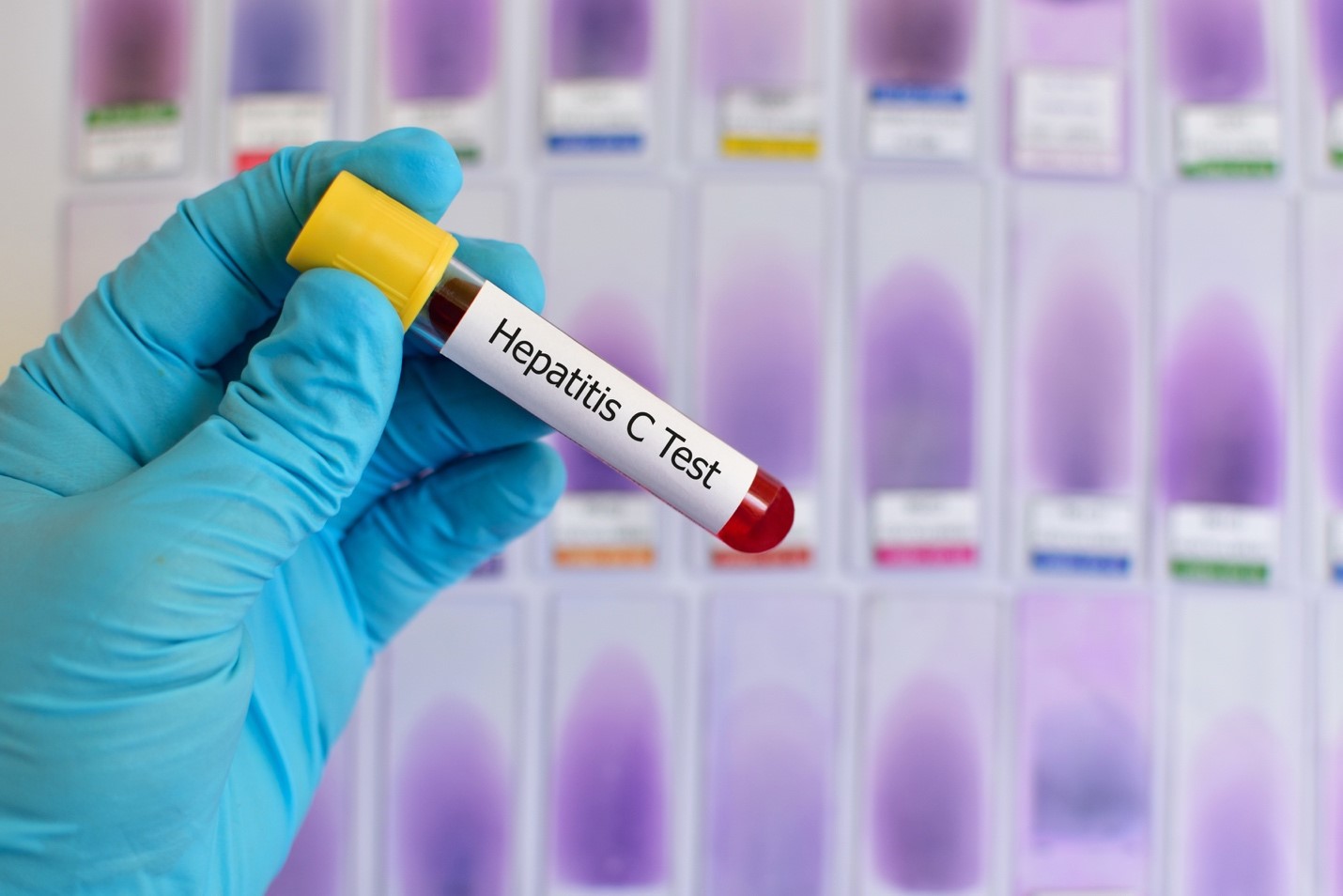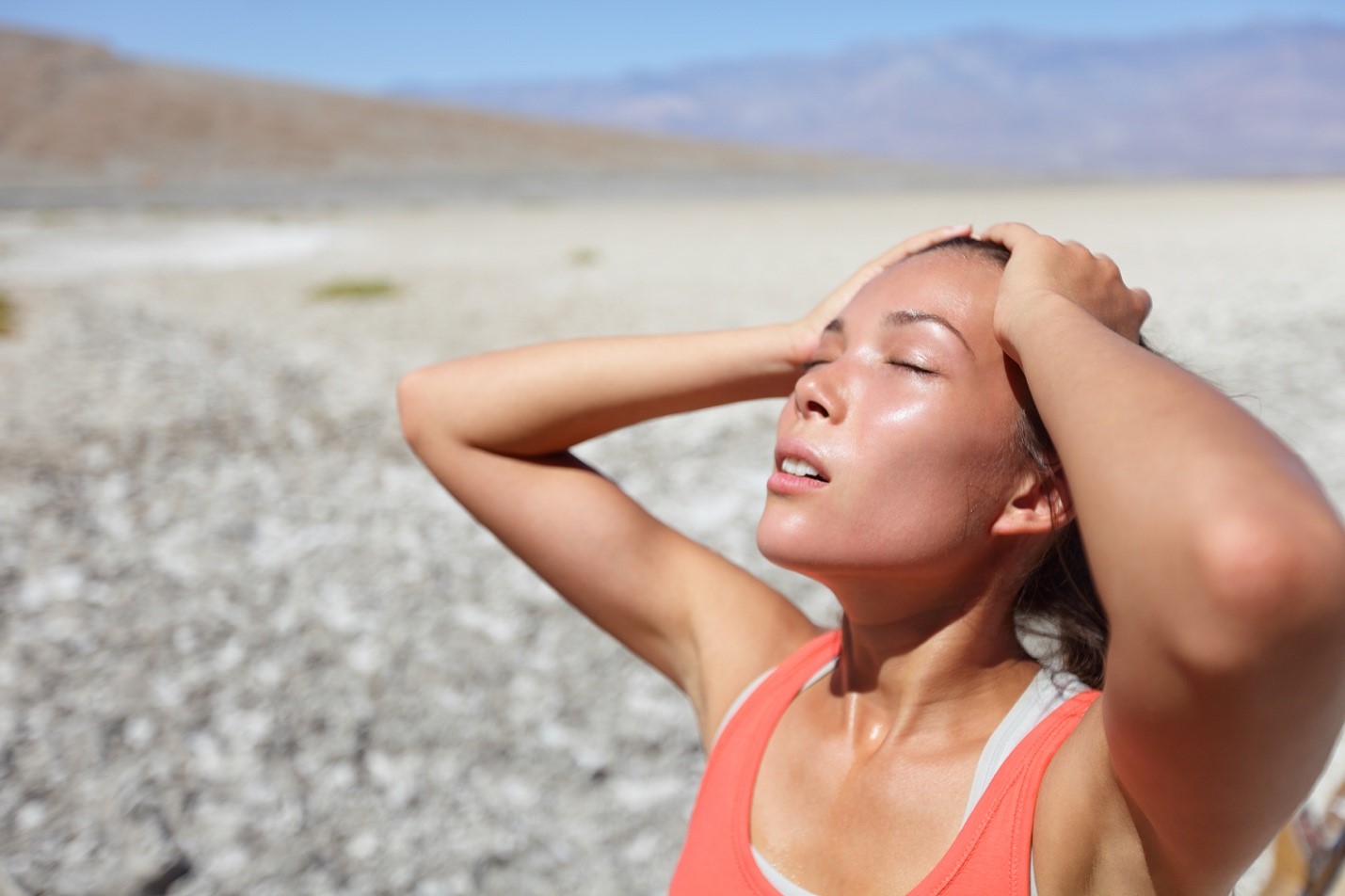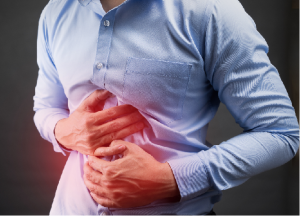5 Most Common Monsoon Diseases

Monsoon in India is all about having a cup of hot tea with a plate of snacks, listening to 90’s retro music and enjoying the view of raindrops falling on the ground refreshing the environs. But, the reality is a bit different. This picture perfect situation disappears when you step out of your home on a rainy day.
Here are the 5 most common monsoon diseases that you need to look out. While most of these are treatable to quite an extent, some qualify as fatal and life-threatening diseases and must be treated at the earliest to avoid facing consequences.
1) Malaria
Malaria is the most common disease of the monsoon season. It typically spreads from the bite of a female Anopheles mosquito. Since water logging is a standard problem during the monsoon season in India, it serves as the best breeding ground for the mosquitoes. These mosquitoes fly around to our houses and spread the disease. Many pieces of study prove that almost 90% of the Indian population is at the risk of suffering this monsoon disease. Weakness, recurring fever, muscle pain and bouts of shivering are the most prominent symptoms of Malaria.
Causes of Malaria: Since the infection of Malaria are typically injected into the bloodstream by the Anopheles mosquito, this means that the use of shared syringes, organ transplant, and blood transfusion can easily aid in the transfer this disease from one person to another. An infected mother can also transmit Malaria infection to her unborn child.
Prevention against Malaria: As this disease is spread by mosquitoes, it becomes essential to keep mosquitoes from breeding in and around your living space. Additionally, the use of mosquito repellents and nets can prevent you from acquiring the disease. Furthermore, wearing full-sleeved clothes while out and about during the monsoon season can also safeguard you against the disease.
Know about the ABCD prevention of Malaria:
- Awareness of risks of Malaria
- Bite Prevention
- Antimalarial medication – Chemoprophylaxis (taking antimalarial)
- Prompt Diagnosis and treatment
2) Viral Fever
Viral Fever is another common monsoon disease. It often causes the body temperature to rise as high as 104 °F and trigger many related problems such as constant sneezing, sore throat and even breathing problem.
Causes of Viral Fever: The common cold is the most common cause of viral fever, which is caused by a viral infection that particularly affects the upper respiratory tract.
While it can leave a person weak and fatigued, the common cold rarely causes any chronic medical complications. There are over 200 different types of viruses that are associated with cold & very often, more than one virus is present in the body causing the condition to grow and weaken the immune system. Some other standard causes include viral gastroenteritis, sinus infections, mono (kissing disease), and seasonal influenza (the flu).
Prevention against Viral Fever: The best way to prevent yourself from getting the viral fever is by avoiding getting drenched in the rain. But, if you do get caught up in the rain and catch the viral fever, seek medical assistance right away. For there may not be any reparations of getting wet in the rains, but there certainly are of acquiring the viral fever.
As far as home remedies are concerned, have a glass of hot turmeric milk. Turmeric has great healing power. If you feel pain in your throat, do some gargle with warm water and a pinch of salt in it. This will give some relief to your sore throat. If things don’t improve, it’s best to see a doctor.
3) Dengue
This mosquito borne disease has, over the past decade, taken the lives of many. Dengue is quite common during the monsoon season for the reason that it’s the time of the year that mosquitoes get favorable conditions to breed and spread infection. When a person is injected with the virus of Dengue, he/she is expected to witness symptoms like persisting headache, high fever, rashes, and pain in the muscles and the joints. In severe cases, one may experience severe bleeding and shocks, which can be life threatening.
Causes of Dengue: When an infected mosquito bites a human, it injects one of the four known viruses of Dengue into his/her the bloodstream. Furthermore, the mosquito either picks this virus from an already infected person, or from surrounding environs. However, physicians claim that once a person fully recovers from Dengue, he/she acquires lifetime immunity for that type of Dengue virus.
Prevention against Dengue:
- Sleeping in Mosquito beds is a good way to prevent yourself from mosquito bites.
- Aerosol and liquid sprays are a good way to effectively kill mosquito.
- Try and wear long-sleeved clothes when going outside.
- You can prevent yourself from mosquito bites by applying insect repellent on clothes or on the skin, especially that’s exposed.
4) Chikungunya
Chikungunya is quite similar to Dengue fever. It is also spread by the bite of an infected mosquito. Chikungunya, though, is not fatal in nature, but highly painful and traumatizing. Medical reports of 2016 claim that about 12,000 cases of Chikungunya were reported in Delhi itself, let alone the entire nation. The mosquito-borne disease causes fever and severe joint pain that lasts for weeks. Other symptoms include headache, muscle pain, fatigue, nausea, and rashes.
Causes of Chikungunya: Chikungunya is transmitted by the bite of an infected Aedes albopictus mosquito. The mosquito type breeds in stagnated water and bites during the bright daylight only.
Prevention against Chikungunya: There is no particular cure available for the disease. Treatment usually focuses on relieving the symptoms.
- Use air conditioning or window/door screens to keep mosquitoes from entering your premises. You can also use the bed net.
- Wear long – sleeved shirts and long pants.
- Use insect repellents.
- You can use Sunscreen and insect repellents. Apply the sunscreen first and then repellent.
5) Jaundice
Jaundice is a condition wherein the color of the skin and the eyes turns yellow. It is the cause of increased levels of bilirubin in the bloodstream.
The color of the skin and sclera varies depending up on raised level of bilirubin; mildly elevated levels display yellow skin and sclera, while highly elevated levels display brownish color. Jaundice can be caused by a number of conditions, typically including the inflammation of the liver and the presence of an obstruction in the bile duct.
Causes of Jaundice: Jaundice may be caused by a number of diseases. The best way to know the kind of Jaundice type you have is by identifying the problems that disrupt the normal bilirubin metabolism and/or excretion.
Pre-hepatic (pre bile production stage) – In this case Jaundice is a result of rapid increase in the breakdown and destruction of the red blood cells (hemolysis), overwhelming the liver’s ability to adequately remove the increased levels of bilirubin from the blood. Examples of conditions that cause increased breakdown of red blood cells include:
- Malaria,
- Sickle cell crisis,
- Spherocytosis,
- Thalassemia,
- Glucose-6-phosphate dehydrogenase deficiency (G6PD),
- Drugs or other toxins, and
- Autoimmune disorders
Hepatitis (commonly viral or alcohol related),
- Cirrhosis,
- Drugs or other toxins,
- Crigler-Najjar syndrome,
- Gilbert’s syndrome, and
Post-hepatic (after bile has been made in the liver) – Jaundice, in such a case, is also termed as obstructive jaundice. This is caused by conditions that interfere with the normal drainage of conjugated bilirubin, in the form of bile, from the liver into the intestines. Causes of obstructive jaundice include:
- Gallstones in the bile ducts,
- Cancer (pancreatic and gallbladder/bile duct carcinoma),
- Strictures of the bile ducts,
- Cholangitis,
- Congenital malformations,
- Pancreatitis,
- Parasites,
- Pregnancy, and
- Newborn jaundice.
Also, check out some common causes of newborn jaundice:
- Physiological jaundice
- Maternal-fetal blood group incompatibility (Rh, ABO)
- Breast milk jaundice
- Breastfeeding jaundice
- Cephalohematoma (a collection of blood under the scalp)
Prevention against Jaundice: Here are some of the ways to prevent Jaundice on time:
- Vaccines for hepatitis (hepatitis A, hepatitis B)
- Avoid heavy alcohol consumption
- Take medications which prevent malaria before traveling to high-risk regions.
- Avoid potentially contaminated foods/water intake and maintain a good hygiene
Make sure you protect yourself and your family from these dangerous diseases this monsoon season. If, despite your best efforts you start to develop symptoms of any of the illnesses as mentioned above, make it a point to seek medical care immediately. For a swift diagnosis, pay a visit to a diagnostic lab and get tested against common monsoon diseases.













